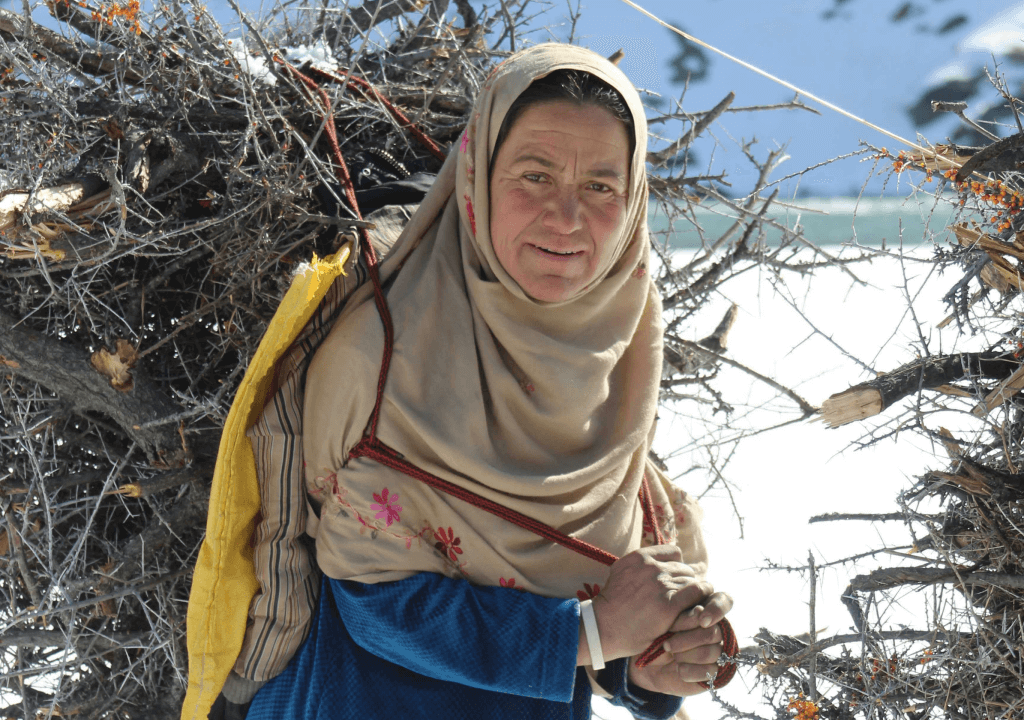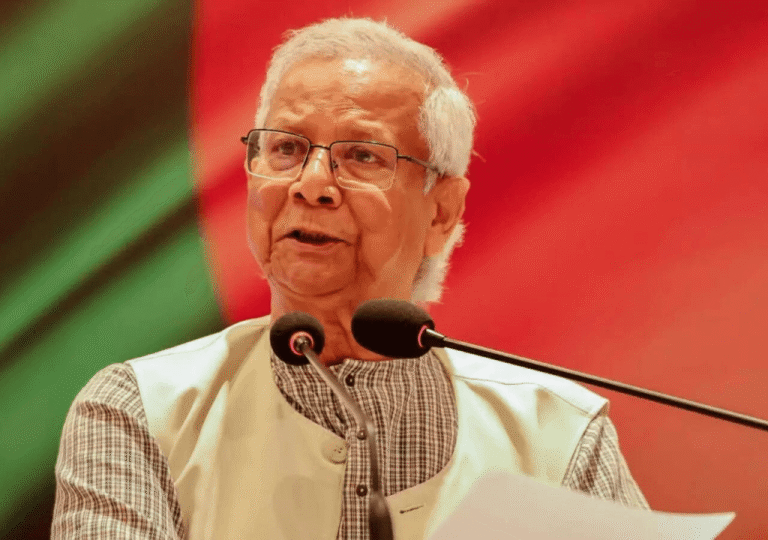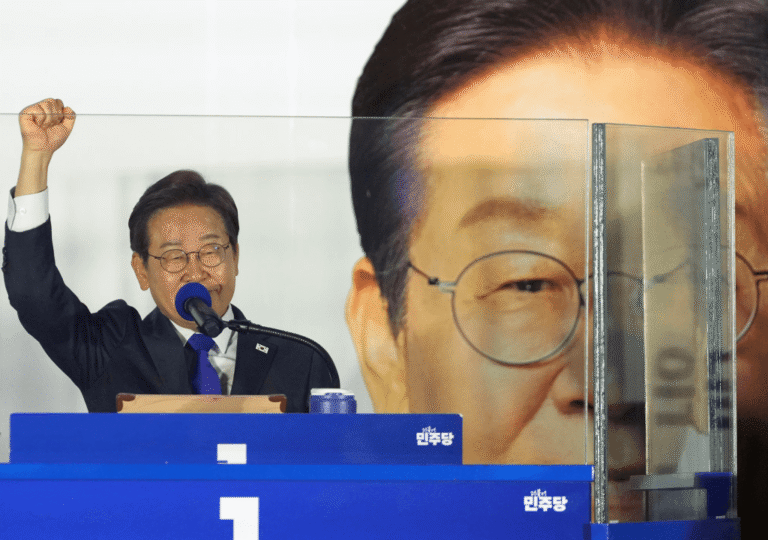Pakistan finds itself in its most challenging period since its inception. Confronted with an array of formidable obstacles encompassing poverty, inflation, corruption, substantial public debt, escalating military expenditures, and a surging wave of extremism, the nation is navigating the complexities of organizing a general election for the national and state assemblies.
Set for February 8, 2024, the impending general elections in Pakistan stand as a critical juncture in shaping the composition of the 16th National Assembly. The spotlight is on two major political contenders vying for the leadership: the Pakistan Muslim League (N) (PML-N), led by former Prime Minister Nawaz Sharif, and the Pakistan Peoples Party (PPP), helmed by former Foreign Minister Bilawal Bhutto Zardari. The Pakistan Tehreek-e-Insaf, the prevailing party in the previous elections, faces a unique predicament, with its leader and former Prime Minister Imran Khan prohibited from contesting in the election. Moreover, a contentious Supreme Court ruling, stripping them of their electoral symbol in the lead-up to the elections, has compelled them to field candidates as Independents.
The oscillation between democratic and military rule in the so-called “Islamic Republic” State adds a touch of irony when discussing tenures. While the constitution stipulates a consistent 5-year term for the government, the actual duration often hinges on military decisions. The last General Elections in Pakistan took place in 2018. The National level election occurred in 272 constituencies, each selecting one member for the National Assembly. Simultaneously, at the provincial level, elections transpired in all four provinces to elect Members of the Provincial Assemblies (MPA). Despite numerous changes in government leadership, the 2018 parliament successfully completed its mandated 5-year term.
The aftermath of the elections saw the Pakistan Tehreek-e-Insaf (PTI) emerge as the single largest party at the national level, securing both the popular vote and a majority of seats. At the provincial level, the PTI maintained its dominance in Khyber Pakhtunkhwa (KP), while the Pakistan Peoples Party (PPP) retained its stronghold in Sindh. The newly-formed Balochistan Awami Party (BAP) claimed the top spot in Balochistan. In Punjab, a closely contested scenario unfolded, with the Pakistan Muslim League (N) (PML-N) initially securing the largest number of directly elected seats. However, with the support of Pakistan Muslim League (Q) and the inclusion of independent MPAs into the PTI, the latter ultimately became the largest party, successfully forming the government. The intricacies of Pakistan’s political landscape, shaped by these elections, highlight the intricate dance between democratic processes and military influences.
The landscape of 2024 diverges significantly from that of 2018. Imran Khan, the once-popular leader who secured victory in the 2018 election, was compelled to step down from the head of the government following a no-confidence vote in 2022. His political fortunes took a further hit with a 10-year ban, preventing his participation in the upcoming general election. The party he led, PTI, has faced neglect in the election arena, with its symbol removed and often obscured in television broadcasts.
Shehbaz Sharif assumed the role of the new prime minister after the successful no-confidence vote. Subsequently, in 2023, as the parliament’s five-year tenure concluded, Anwar ul Haq Kakar took charge as the Caretaker Prime Minister. After protracted negotiations and disputes over the election date, Pakistan finally settled on a definitive schedule in February.
As the 129 million citizens prepare to select their prime minister, the political scenario is still completely unpredictable. The potential for low voter turnout and concerns over terrorist activities cast a shadow on the election. With Imran Khan absent from the arena, and the Pakistan Tehreek-e-Insaf (PTI) not participating, discussions about the last election’s winner are set aside. In the previous election, PTI, with its populist ideology under Imran Khan’s charismatic leadership, military support, and a stance against corruption, secured 31.82% of the votes. This translated into 149 seats out of 342 after the election, surpassing the majority threshold of 171 with the assistance of smaller parties.
The main candidates in the current election contest are the Pakistan People’s Party, led by Bilawal Bhutto Zardari, and the Pakistan Muslim League (Nawaz), led by former prime minister Nawaz Sharif. Another prominent candidate in this election is Fazal ur Rahman, who is affiliated with Jamiat Ulema-e-Islam Pakistan (Fazl).
The Pakistan Muslim League (Nawaz) or PML(N), positioned as a center-right and conservative political entity in Pakistan, currently holds the status of the third-largest party in the Senate. Established in 1993, the party emerged as a consolidation of influential conservative figures after the dissolution of the Islamic Democratic Alliance, with former Prime Minister Nawaz Sharif at its helm. While the party’s foundational principles lean towards conservatism, advocating for free markets, deregulation, lower taxes, and private ownership, recent years have witnessed a shift towards a more liberal stance on social and cultural matters. However, members have faced allegations of employing Islamist populist rhetoric.
The historic 2018 general election in Pakistan saw a close race between the PML-N and PTI. The PML-N won 165 seats in the Punjab legislature and 64 seats in the National legislature of Pakistan, their influence was less pronounced in the assemblies of Sindh, Khyber Pakhtunkhwa, and Baluchistan. After the election, his son, Hamza Shahbaz, became the Leader of the Opposition in Punjab (Pakistan), while Shehbaz Sharif became the Opposition Leader in the National Assembly.
PML-N played a pivotal role in the opposition alliance, Pakistan Democratic Movement, which successfully orchestrated a No-confidence motion against Imran Khan, leading to his removal from office on April 10, 2022. Subsequently, Shehbaz Sharif ascended to the position of Prime Minister of Pakistan. As the upcoming elections approach, PML-N, led by Nawaz Sharif, anticipates a triumph in the absence of PTI. Pre-election opinion polls conducted by reputable Pakistani surveyors, including Gallup Pakistan and the Institute of Public Opinion Research (IPOR), indicate that PMLN has regained ground against its rival, PTI, particularly since June 2023. The return of Nawaz Sharif from exile and the Supreme Court’s decision disallowing the bat symbol associated with former national cricket team skipper Imran Khan have been influential factors in this resurgence.
The Pakistan People’s Party (PPP) stands as a center-left, social-democratic political force in Pakistan, currently holding the position of the second-largest party in the Senate. Established in 1967, the party emerged in response to the military rule of President Muhammad Ayub Khan, uniting prominent left-wing politicians under the leadership of Zulfikar Ali Bhutto. While the PPP’s initial platform was rooted in socialism, its objectives persistently include the transformation of Pakistan into a social-democratic state, the promotion of egalitarian values, the establishment of social justice, and the maintenance of a robust military. Among the three largest political parties in Pakistan, alongside the Pakistan Muslim League-Nawaz and the Pakistan Tehreek-e-Insaf, the PPP has played a pivotal role in shaping the political landscape. The advent of PTI in Pakistan’s political arena significantly impacted the PPP, but they aspire to gain ground in some provinces and witness a substantial boost in their vote share.
On the other hand, the Jamiat Ulema-e-Islam Pakistan (Fazl) (JUI-F) represents a Deobandi Sunni political entity in Pakistan, often hailed as “the biggest religious-political party” in the country. Concentrated predominantly in southern Khyber Pakhtunkhwa and northern Baluchistan, areas primarily inhabited by Pashtuns, JUI-F may not clinch a victory single-handedly in the upcoming election. However, experts posit that the party holds the potential to influence the ruling dynamics, with some believing that the chance of PML-N securing a single-party majority is relatively low.
Regardless of the election outcome, the military’s influence will loom large over Pakistan’s future, presenting a myriad of challenges in the years to come. Hopes for a government capable of controlling the military and fostering economic prosperity seem bleak. However, even maintaining the current situation could be considered a positive scenario for Pakistan.
Saudi Arabia and the UAE, once prominent funders of Pakistan as an Islamic nation, have curtailed their financial support, redirecting their focus towards their own growth. Meanwhile, China’s mounting debt and increasing control over the country, coupled with the waning interest of the USA and the West in the region, along with Iran’s aggression and India’s aspirations for superpower status, all contribute to the turbulent times ahead for Pakistan.
In an effort to present themselves favorably on the global stage, Pakistan must project an image of a democratic nation governed by rule of law. This election assumes paramount importance in shaping the country’s future, serving as a crucial factor in navigating the challenging geopolitical landscape.








